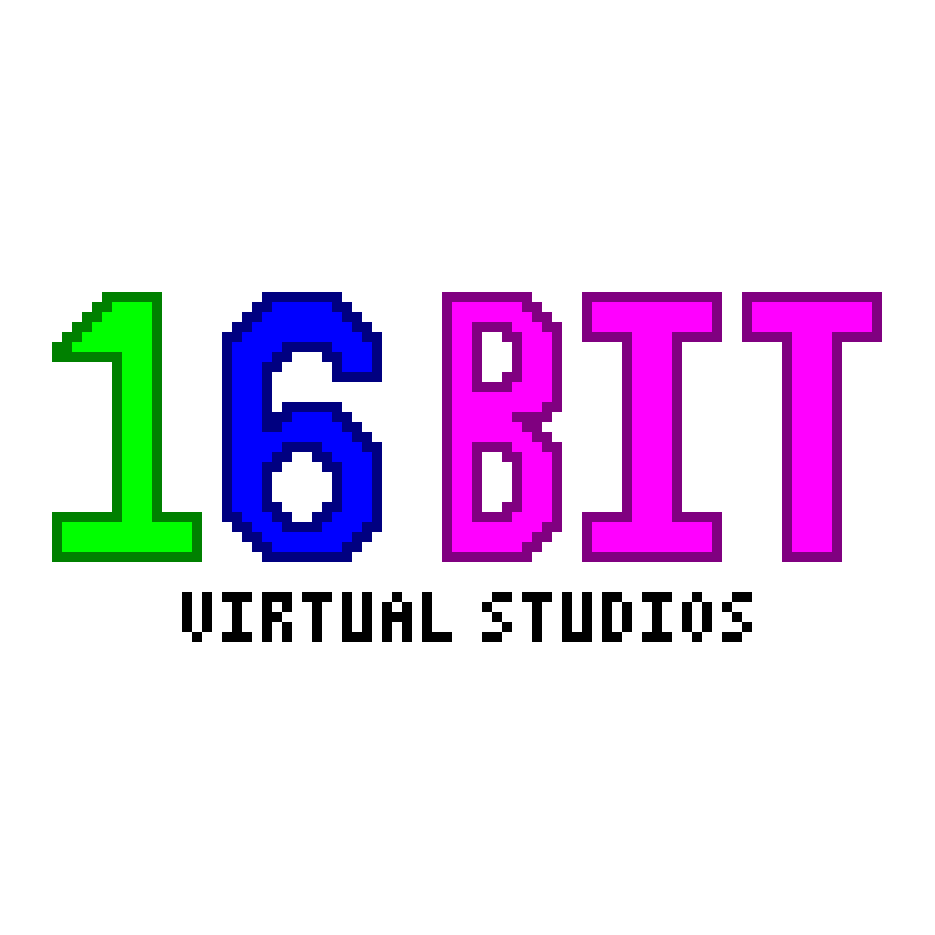Maybe what I’m looking for is the holy grail, but what do you guys suggest as a Distro with a good balance between stability and up-to-date packages?
Thanks to everyone who commented. After all the suggestions I’m still a bit uncertain on which distro I will use, but now I have basically 2 distro in my mind: Debian and OpenSuse. I will do my researches. Thanks again to everyone, this community really rocks.
https://lemmy.world/post/1177173
Debian, then.
Fedora is more up to date than Ubuntu, and quite stable. Of course, depending on the exact packages you’re looking for the answer might change.
In the end you could use any distro which desktop you like (which could be Debian stable, or something immutable) and then get your applications from the latest and greatest with Distrobox
Distrobox looks really interesting. Do you know the memory or CPU overhead for using it? I have older hardware. Will distrobox perform well on it? Thanks.
No, cpu wise there should not really be an overhead, as it just uses docker or podman to run the application in question. the only bottleneck i see could be host filesystems that are not supported by docker/podman and therefore could lead to slow file access in the container.
Thanks, it seems a really insteresting project
OpenSuse Tumbleweed is a great choice for a rolling-release distro that is also really stable too.
I second OpenSuse Tumbleweed, only switched back to it after 7+ years and it’s been great so far, no packages broke after update so far.
openSUSE Tumbleweed. It’s not stable as in unchanging but it is stable as in reliable.
After many years on Ubuntu I switched to a Tumbleweed and couldn’t be happier. Apparently a rolling distro can be more reliable than a traditional point-release one.
Having tried many over the years, there is truly nothing as good as Tumbleweed.
+1 openSUSE Tumbleweed is my favourite here too.
+1 for Tumbleweed, it works so incredibly well. In the very rare case where an update doesn’t work out for you, you can easily roll back to a previous btrfs snapshot.
Fedora is quite nice, too, but I’ve come to prefer rolling distros over a release based one.
Kalpa / Aeon might be interesting, too, if your use case fits an immutable distro.
Fedora. Switched after years of Ubuntu and never looked back.
deleted by creator
From my personal experience you would want either Fedora or Arch Linux that’s not Manjaro (not b/c Manjaro unstable, but because it can become it if you use aur with their delayed package release).
I found Fedora to be my cup of tea for gaming though it is about 2 months behind arch in terms of packages.
Whereas Arch is relies more on the terminal to download, and update packages. EndeavorOS is a good distro to try for this, but it wasn’t my cup of tea especially on my laptop.
Fwiw I use BAUH on Arch as a graphical package updater which normally works well. Paru is easy to use on the cli
Out side of a few AUR packages which worked with PACMAN on the same laptop, BAUH was a good (but not as polished) package manager. TBH my main issue with Arch (outside of the laptop issue I already stated), was how terminal heavy the OS is.
I want an OS that’s easy enough to use that I can give it to my Grandparents, and not worry if they want to install new card games. I found that most problems in Arch (and debain now I think of it) are usually resolved by the terminal, and rarely is a GUI made to resolve these issues. While I had Manjaro, too many times did the package database file lock itself and never unlocked itself, so I had to fix it with the terminal. BAUH also doesn’t uninstall orphaned packages and doesn’t show me which packages are orphaned if I uninstalled something.
Thus far with Fedora I like that most of the Applications and Flatpaks are installed with KDE Discover/Gnome Software, while OS related packages like Vulkan Drivers, and Java SDK’s are behind DNF Dragon. The only time I had to use a terminal was when I was adding third party copr repos like for VSCodium, or CDEmu. I feel this could probably be done with DNF Dragon, it’s a one and done process.
With the way Redhat is acting lately I’d personally stay away from Fedora.
debian unstable or opensuse and flatpaks
Could always install endeavouros and or arch if you prefer more work with btrfs and snapshots. Arch is mostly stable despite the laughter erupting from this post. Even if it does fall down you have the snapshots to fallback to in order to bail you out. Arch is like riding and steering a rocket but having btrfs is like having extra lives so crashing doesn’t really kill you forever. Depends on what you want.
The good news is if you try arch long enough and spend hours tinkering with cutting edge software you too can come to the point where you are exhausted and just want a machine that does what the hell you want without screwing around with it. Or you can change your avatar to some sort of anime character and bask in the superiority of not only using arch but enjoying it like some sort of digital masochist.
Just like the holy grail, a stable and up-to-date distro doesn’t exist. Stability and recency of software typically constitute a tradeoff. Human software developers produce some number of bugs per line of code. Unless all changes made to a piece of software are bug fixes, new changes mean new bugs, almost invariably. Therefore the only way to stop the increase of bugs in a piece of software is to stop the changes to it or only do changes that address bugs. In the context of distros, a stable one is a distro where the number of bugs stays constant or decreases over time. This is how Debian, Ubuntu and every other distro that locks its software versions for a certain release work. After a release is out, only bug fix changes are permitted, with some special exceptions. The idea that there are multiple types of stability is a bit of a false narrative. Adding features, adds lines of code, which increases the number of defects. This is a fundamental fact of software engineering that’s actively managed during the development cycle of most software. A collection of software like a rolling Linux distro that receives a constant stream of new features may feel bug-free to specific users, however that is typically a coincidence. Just because those X number of people didn’t hit any significant defects during their usage, doesn’t mean that you won’t. This is true for every distro, however stable distros generally have an ever-decreasing number of bugs over their lifespan. In addition, bugs that are never fixed can be documented, workarounded and the workarounds will keep working for the lifespan of the release because there are no changes.
With all of that out of the way I hope it’s clearer why there’s a tradeoff between stability and recency of software in distros. There are various strategies to have a bit of both and they typically revolve around letting the bits you want be recent, while keeping everything else stable. These days the easiest and most foolproof way to get new software is via Flatpak or Snap.
You could of course abandon stability and go for recency via some rolling release distro and see if you step on any significant bugs. Maybe you won’t and you’ll be happy with that. Many people are.
As a personal and professional Linux user that lives with and maintains a significant number of machines, I typically go for a stable base like Debian or Ubuntu LTS and update only the software I need via Flatpak, Snap and Docker. I no longer use PPAs. This provides a great balance between stability and recency. But that’s just me.
I have been using Gentoo exclusively on my desktop and ThinkPad for 7 months now and I reeeaaally like it. It’s a rolling release distro but you’re able to set your system to only use versions of packages marked as stable by default, then using a simple config file you can select which packages you want the newest, bleeding edge versions for. This allows you to have a customizable blend of stability and newness. With Gentoo, the package manager does have to compile your packages from source, but a lot of big packages (like Firefox or the kernel) have binary options as well, and with modern hardware most packages don’t take very long to compile.
Note that mixing stable and unstable (~) isn’t offically supported on encouraged. You sure will get still help on the forums still. Many people mix stable and unstable, me included. When I need to unmask a unstable package I’ll limit the unmasking by providing some version limit. For example:
<category/package-1.3.9999. This way next major version bump won’t be automatically installed via @world update. It’s not bullet-proof, but better than blindly unmasking every unstable version of a package.
The holy grail, stable and up-to-date, it exists, it’s called Debian with Flatpaks.
Install Debian. Avoid doing any changes to your package selection, try to get things from flatpaks.
This is my preferred way off doing things, but trying to glue VSCode + Android Studio + the Flutter SDK + Docker + … together via Flatpack was an exercise in pain and sadness last time I tried it.
Getting all my normal boring desktop apps via Flatpack is awesome, but for a developer it just doesn’t seem practical right now
If you’re a developer and want a stable distro you’ll need a way to have up to date dev environments. I would use Nix or containers.
Problem with debian is it’s stable in the sense of unchanging, not necessarily a lack of bugs.
He’s saying he wants up to date packages and stability, which seems to mean he was current software without bugs. That’s not debian stable.
I’ll bite, what is this mythical bugless system thee speak of?
None, but bugs stick around way longer in debian stable because of how old the software is.
Did you… really think I was talking about a bugless distro?
No, but I do see you mentioning problems without showing any solutions.
openSUSE and Fedora
I didn’t think I would ever say this, but: arch isn’t always the answer. True: the last time the entire system broke on me was in 2006’ish, but I can’t count the times certain apps have stopped working or some python upgrade messes up things. Sure: that’s the price of rolling release and AUR, and I wouldn’t be without it, but it’s a thing one has to learn to live with, and a thing that makes ‘arch’ the wrong answer to this particular question.












